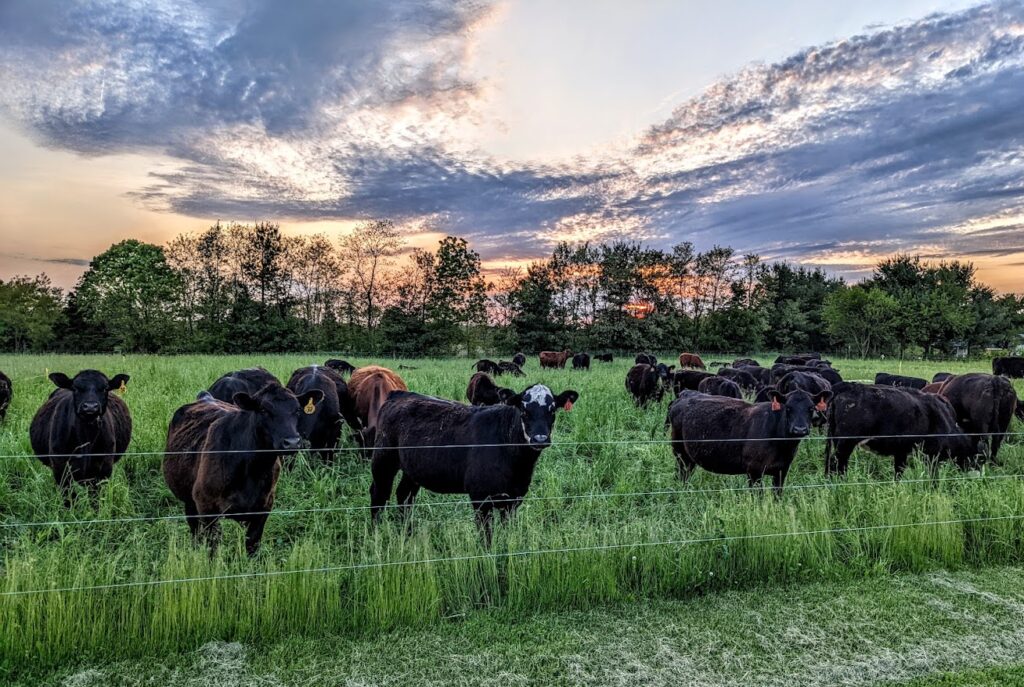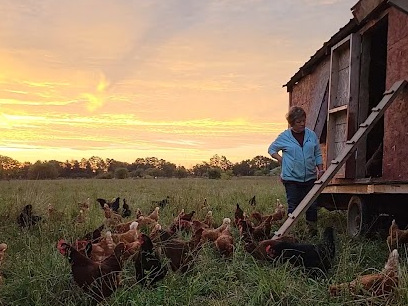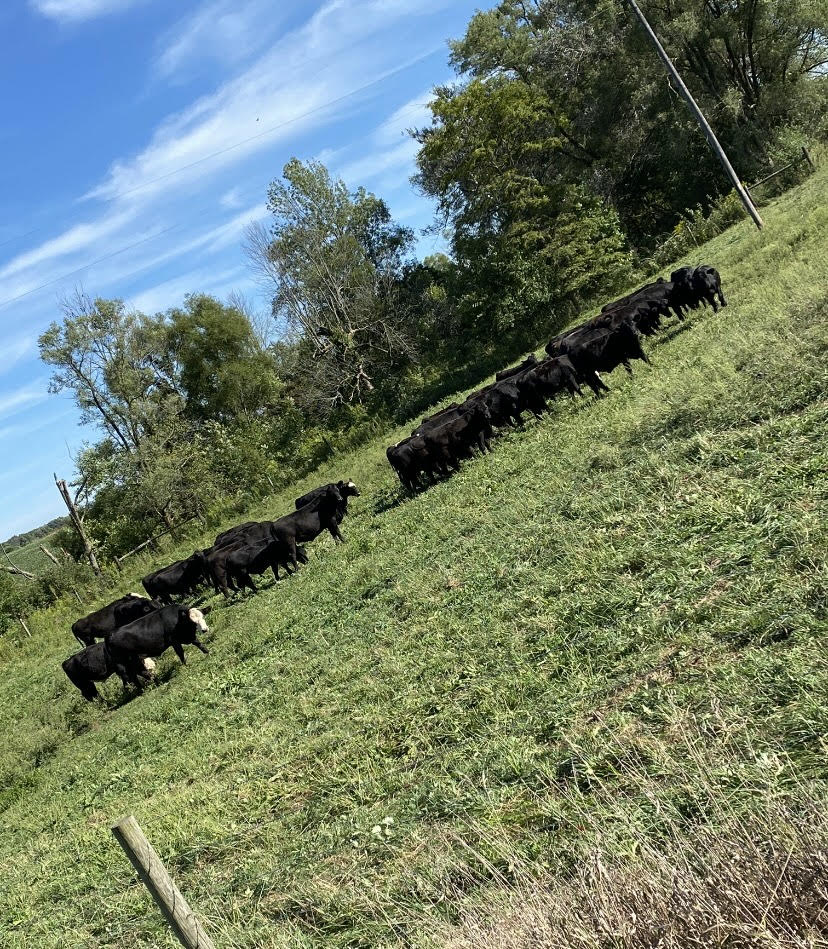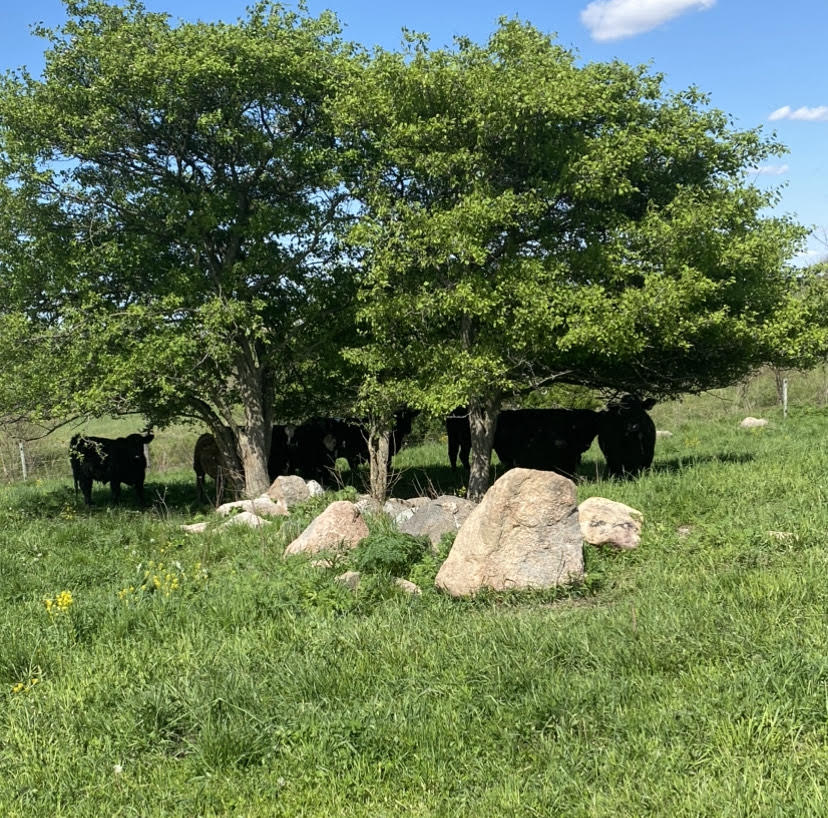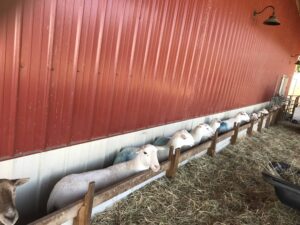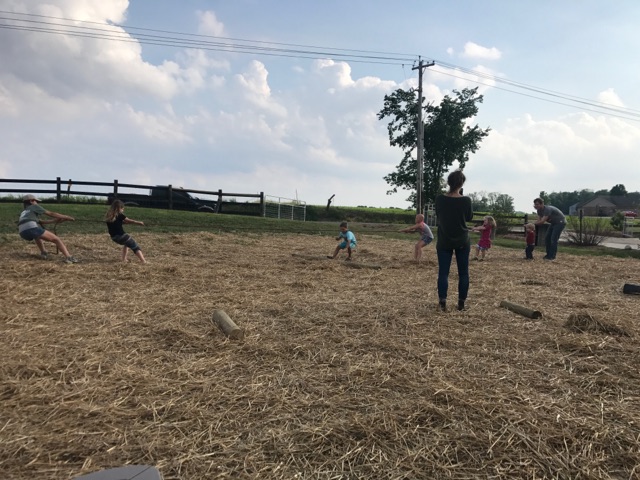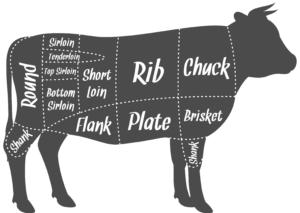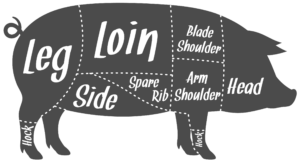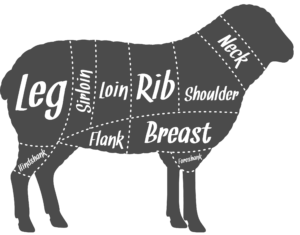“What type of animal would forget where its food comes from? A dumb one, right? And that would be us” – Barbara Kingsolver
I have often posed the question in other posts, emails, and so forth asking “do you know where your food comes from”? The answer isn’t the grocery store! Many of us turn to the modern conveniences of fast food, grab and go, or heat and serve meals rather than taking the time to actually cook. Clearly there are pros to such meals because they are often fast, simple, inexpensive, and leave more time for other activities. Have you ever considered the cons? They often lack any significant nutritional value, make us feel miserable, and lead to poor health.
Let’s look at traditional, home cooked meals. How many of you think of your mom or your grandma spending hours in the kitchen making large meals? I can remember my mom and grandma spending days in one kitchen or the other this time of year freezing, canning, and preserving the fruits and vegetables from the various family gardens. If you have those same memories, you probably know how tiresome it was to make sure their families had nutritious, homegrown food on the table. Not only did growing up on a farm give me great memories such as these, but it gave me a greater appreciation for knowing where my food comes from and the nutritional value from all the hours spent preserving those foods.
Here’s an analogy I read recently. Let’s look at the ingredient lists of two different dill pickles. Leading brand dill pickle spears: cucumbers, water, distilled vinegar, salt, calcium chloride, polysorbate 80, natural flavor, yellow 5. Bubbies Kosher Dill Pickles: cucumbers, artesian well water, salt, garlic, dill, spices, mustard seed, calcium chloride. Vinegar can be used to speed up the process of turning a cucumber into a pickle. Are we in such a hurry that we need to speed the process and add artificial colors rather than use the centuries old fermentation process? Why can’t a pickle just be a pickle?
This Old Farm Meats and Processing identifies the farm where all the livestock was raised so you know where it came from. We don’t put anything in our products that doesn’t need to be there. Why wouldn’t you choose real food over simulated food? With the advancement of cooking appliances, you can choose to have a home cooked meal in minutes versus the hours our mothers and grandmothers spent making the same meal. My hope is that when it comes time to prepare your next meal, you consider real food versus simulated food.
Thank you, Kirsten Serrano, for the inspiration to write this newsletter. If you want to read more about the pickle analogy and learn from Kirsten, visit her website at smallwonderfood.com


